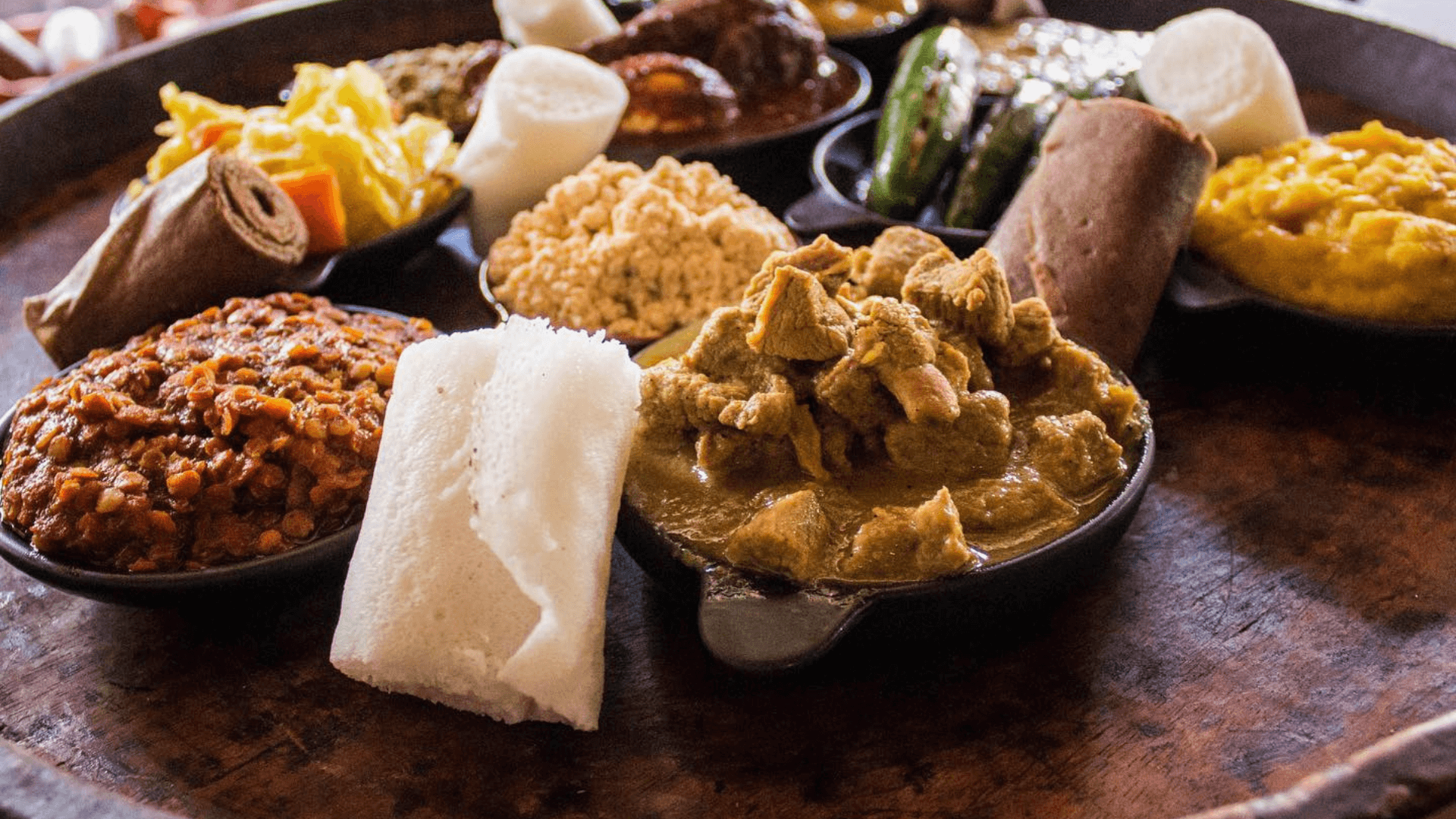Indigenous ingredients might sound like the next food buzzword, but their rise in popularity is rooted in more than just a trend and should be on your radar for a host of reasons.
Not only are they important for cultural and heritage preservation, but these ingredients also tend to come from native plants and crops, supporting biodiversity and the ecosystem of farms (and farmers) that produce them.
When we talk about local and sustainable produce, indigenous ingredients tick every box, and here are the 5 we reckon you’re most likely to see more of this year.
1. sorghum
sorghum is a fairly common, naturally gluten-free grain, found across most of Southern Africa. Known for its delicate, earthy flavour and for being super nutritious, it’s nothing short of a powerhouse ingredient. sorghum is also extremely versatile, lending itself really well to a number of cooking methods. It can be used as a whole grain, cooked by boiling and draining it, and works in salads or stews the same way as rice would. It can be cooked into a porridge or even ground into a fine flour and used for gluten-free baked goods. sorghum also stands in for teff flour, when fermented and used as the base for injera, a flatbread usually found in Ethiopia. If that’s not enough, sorghum even doubles up as a snack, as it can be popped, just like popcorn.
For a taste of traditional injera bread, head over to Addis Ethiopian Restaurant in Cape Town. FYN Restaurant has featured sorghum on its menu, including this mushroom ramen with sorghum miso and the first of our South African black truffles.
View this post on Instagram
2. Bambara nuts
Closer to the legume family, bambara nuts have a delicious nutty flavour and can be used in a number of interesting ways. Similar to chickpeas, bambara nuts can be boiled or roasted and simply eaten as is, or they can be added to soups or stews for flavour and to act as a thickener. They can also be ground into a paste to make sauces, porridge or even falafels. They’re packed with protein, making them an excellent addition to a vegetarian or vegan diet.
3. Morogo
Morogo or imfino, is a wonderful leafy green that can be used in various ways in cooking. It can be blanched, sautéed, stir-fried and added to soups or stews, or mixed with other greens for salads, stuffed into dumplings and used in pasta sauces – the possibilities are endless. Anywhere you would use spinach or kale in a recipe, morogo can be substituted, due to its slightly bitter taste and similar texture. You can taste imfino at Emazulwini Restaurant at Maker’s Landing in Cape Town.
4. Egusi (melon seeds)
As the English name might suggest, egusi, or melon seed, is a type of seed derived from certain species of melons, and is popular in West African cuisines, most notably Nigeria, Ghana, and Cameroon. Egusi seeds are high in protein, and endlessly versatile, with a delicately nutty and creamy flavour. They can be ground into a paste or powder and used as a base for soups, stews and sauces. A much-loved West African dish is egusi soup, made by combining stock and ground seeds, and gently simmering the two together. Chef Vusi Ndlovu of EDGE Restaurant, featured this incredible egusi dessert on his pop-up’s menu:
5. Dune spinach
Commonly found in coastal regions in South Africa, dune spinach is a small shrub with unmistakable fleshy leaves and a slightly salty flavour, meaning it works especially well with seafood dishes. It can be eaten raw or cooked and, because of its firm texture, it holds well when sautéed, stir-fried or quickly blanched. Visitors lucky enough to grab a reservation at Wolfgat will recognise dune spinach from Kobus van der Merwe’s menu.



0 Comments